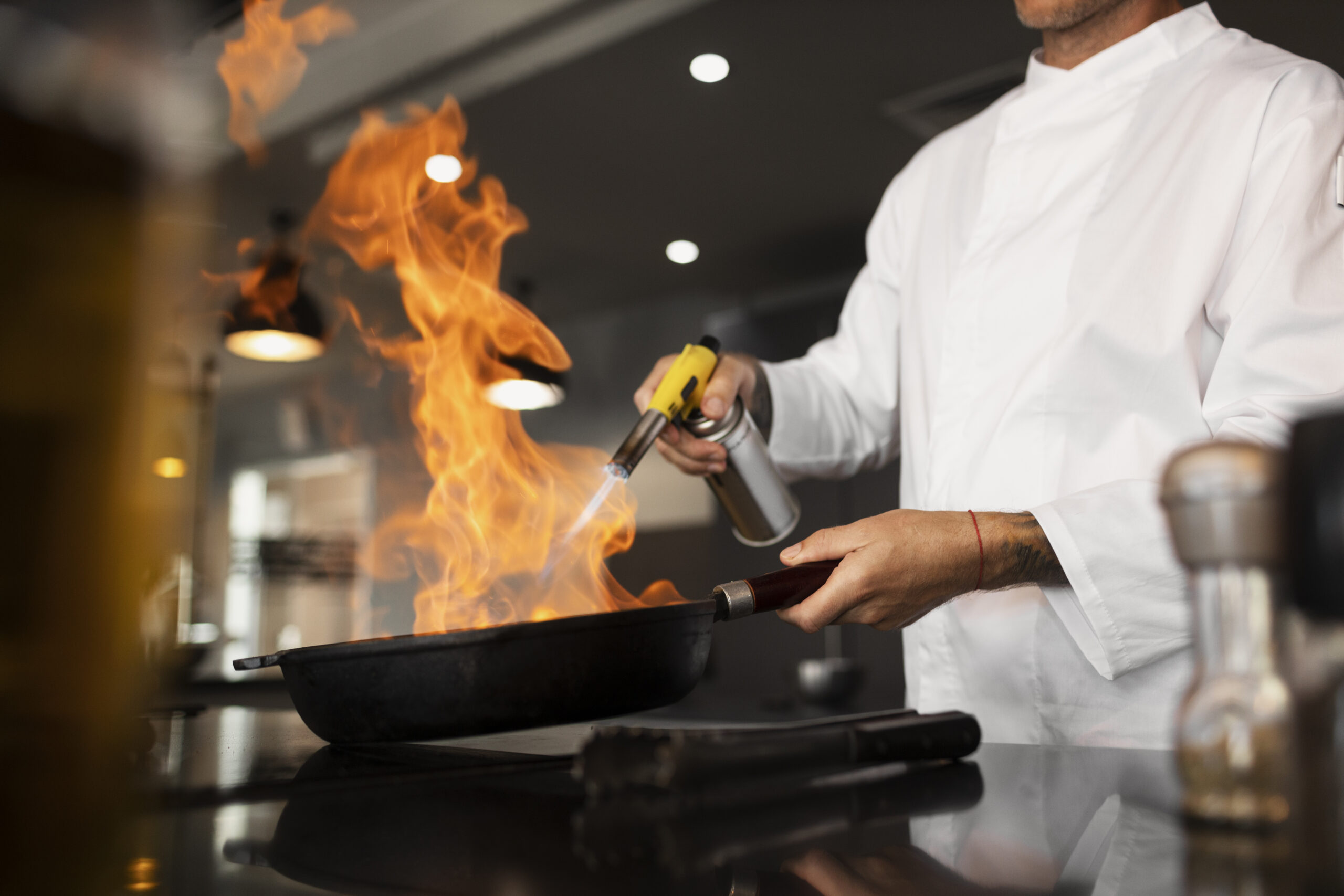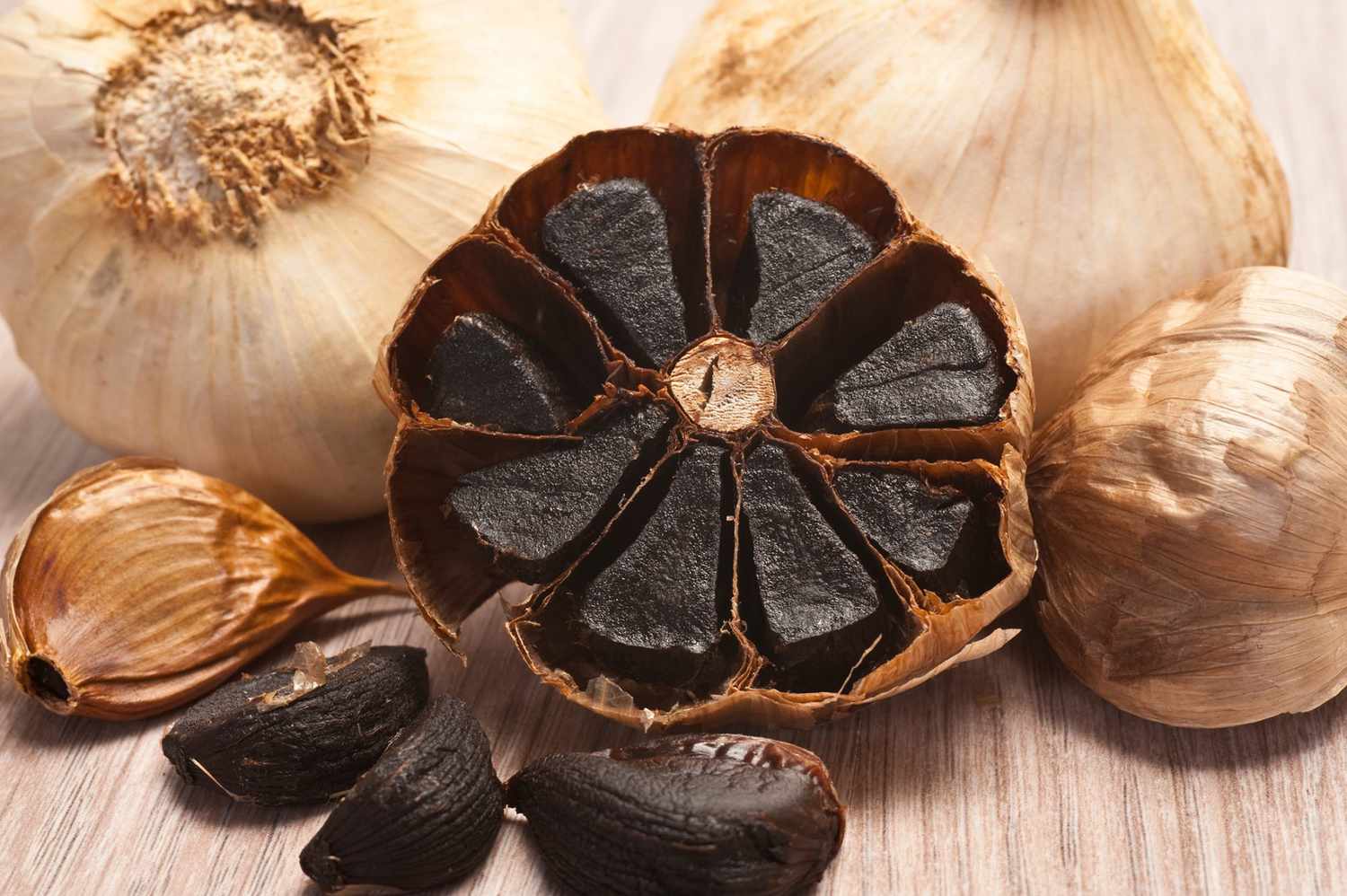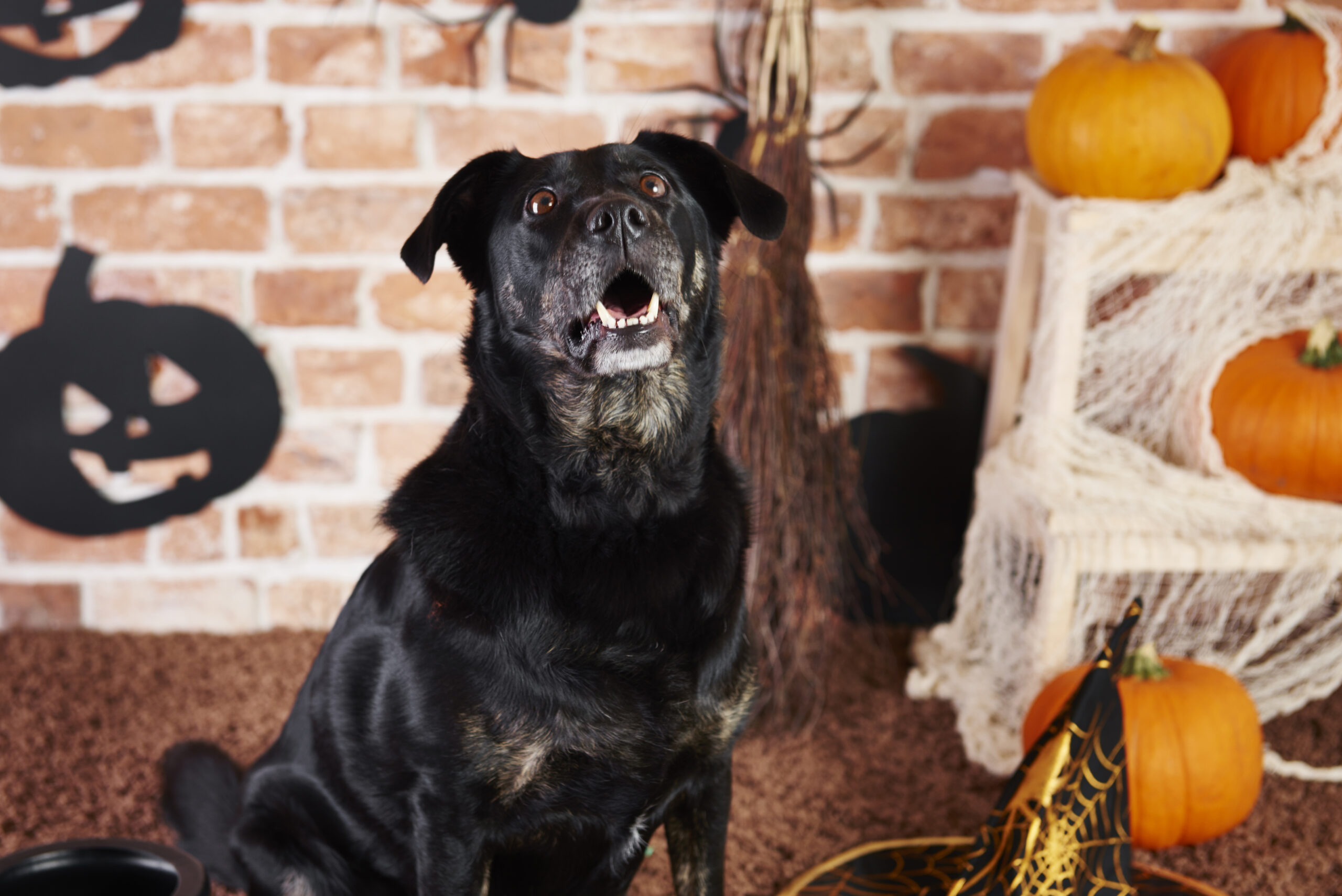Introduction
In a world of modern kitchens and high-tech cooking gadgets, one of the most primal and thrilling ways to prepare food remains cooking with fire. Whether it’s grilling over an open flame, slow-smoking meats, or roasting vegetables in a wood-fired oven, fire-based cooking brings out deep, smoky flavors that no other method can replicate.
Across cultures, fire has shaped culinary traditions—from the Argentine asado and Indian tandoor to the Japanese robatayaki and American barbecue. In this article, we’ll explore the art of open-flame cuisine, the science behind its unique flavors, and tips for mastering fire-based cooking at home.
The Science Behind Cooking with Fire
When food is exposed to direct flame or hot embers, a process called the Maillard reaction occurs. This reaction creates complex layers of flavor by breaking down proteins and sugars, leading to the characteristic charred, caramelized, and smoky taste.
Additionally, wood and charcoal cooking infuse food with natural aromas, depending on the type of wood used—oak, hickory, cherry, and mesquite all offer distinct smoky profiles.
Global Traditions of Fire Cooking
- Asado (Argentina & Uruguay)
- A social event centered around grilling meats over a wood or charcoal fire.
- Beef ribs, sausages, and whole lamb are slow-cooked to perfection.
- Tandoori (India)
- Uses a clay oven (tandoor) to cook marinated meats and breads at extremely high temperatures.
- Dishes like tandoori chicken and naan get their signature charred texture.
- Robatayaki (Japan)
- A method of slow-grilling seafood, meat, and vegetables over hot charcoal (binchotan).
- Commonly found in Japanese izakayas (pubs).
- Barbecue (USA)
- Regional variations include Texas brisket, Carolina pulled pork, and Kansas City ribs.
- Slow-cooked with wood smoke for hours, creating tender, juicy meats.
- Paella (Spain)
- Traditionally cooked over an open wood fire, giving the rice dish a distinct smoky taste.
- Uses saffron, seafood, and meats for bold flavors.
Tips for Mastering Fire Cooking at Home
- Choose the right fuel: Hardwood, lump charcoal, and wood chips add different flavors. Avoid chemical-laden briquettes.
- Control the heat zones: Create direct heat for searing and indirect heat for slow-cooking.
- Use a cast iron skillet: Perfect for high-heat cooking over an open flame.
- Experiment with smoking: Try adding wood chips to your grill for an extra smoky layer.
- Let meat rest: After grilling, rest the meat to keep it juicy.
Conclusion
Cooking with fire is an ancient technique that continues to captivate food lovers worldwide. Whether you’re grilling steaks in your backyard, smoking brisket for hours, or baking bread in a wood-fired oven, the flavors created by open-flame cooking are simply unmatched.
So, why not step outside, light up a fire, and rediscover the magic of cooking over the flames?





